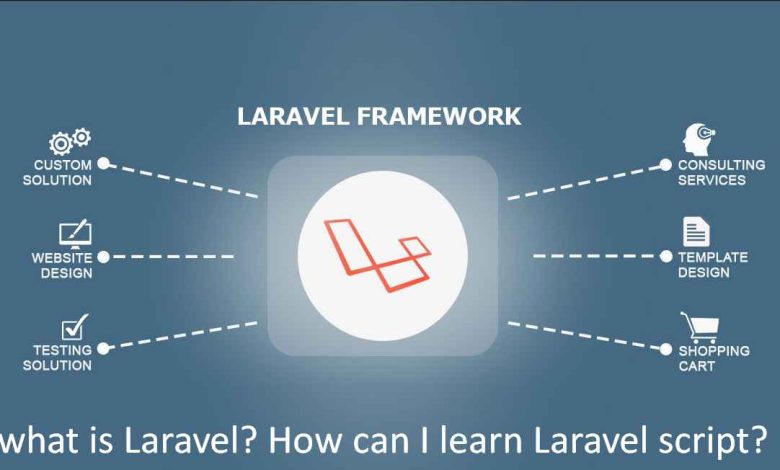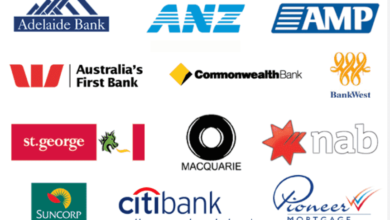

Introduction
Laravel is a powerful and popular PHP web application framework designed for web developers who want to build robust, scalable, and maintainable web applications. In this article, we will explore what Laravel is, its key features, and how you can start learning Laravel to create your own web projects.Free Make Money Online
1. What is Laravel?
Understanding the Basics of Laravel
Laravel is an open-source PHP framework developed by Taylor Otwell. It follows the Model-View-Controller (MVC) architectural pattern and provides an expressive syntax that aims to make web development tasks easier and more enjoyable. The framework comes with a wide range of built-in functionalities that allow developers to streamline the development process and focus on writing clean and maintainable code…(Article Rewriter)(Plagiarism Checker)
History and Development of Laravel
Laravel was first released in 2011 and has since gained massive popularity in the PHP community due to its elegant syntax and powerful features. Over the years, the Laravel community has grown rapidly, leading to continuous updates and improvements to the framework.
2. Why Choose Laravel?
Key Features and Advantages
Laravel offers several essential features that set it apart from other PHP frameworks. Some of the key features include:
- Eloquent ORM: Laravel’s Eloquent ORM simplifies database management and allows developers to interact with the database using PHP objects and models.
- Blade Templating Engine: Blade provides an intuitive and lightweight templating engine for building dynamic views in Laravel.
- Middleware Support: Laravel’s middleware allows for filtering HTTP requests and adding additional layers of security.
- Artisan CLI: Laravel’s command-line tool, Artisan, automates repetitive tasks and generates code to speed up development.
- Authentication and Authorization: Laravel provides a built-in authentication system, making it easy to implement user registration and login functionalities.
- Community and Support: Laravel has a vast community of developers, which means access to extensive documentation, tutorials, and support.
3. Getting Started with Laravel
Installing Laravel
To begin using Laravel, you need to have PHP and Composer installed on your system. Once you have the prerequisites ready, you can install Laravel using Composer from the command line.
Setting up a Development Environment
Creating a local development environment is essential for testing and debugging your Laravel projects. You can use tools like XAMPP, WAMP, or Laravel Homestead to set up a development environment quickly.
Creating a New Laravel Project
After setting up the development environment, you can create a new Laravel project using the composer create-project command. This will install a fresh Laravel instance in the specified directory.
4. Understanding the Laravel Architecture
MVC Pattern in Laravel
Laravel follows the Model-View-Controller (MVC) architectural pattern, which separates the application logic into three interconnected components: models, views, and controllers.
Exploring the Components of Laravel
In Laravel, models represent the data structures and interact with the database, views handle the presentation layer, and controllers manage user requests and responses.
5. Creating Routes, Views, and Layouts
Defining Routes in Laravel
Routes define the entry points of your application. In Laravel, you can define routes using the web.php file or the api.php file, depending on the type of routes you want to create.
Creating Dynamic Views
Views in Laravel are responsible for displaying data to the user. You can create dynamic views by passing data from controllers to views.
Implementing Layouts and Templates
Layouts and templates in Laravel allow you to maintain a consistent look and feel across multiple pages of your application. You can use Blade’s template inheritance to achieve this.
6. Working with Databases and Eloquent ORM
Setting up the Database Configuration
Before using the database in Laravel, you need to configure the database connection settings in the .env file.
Migrations and Seeders
Laravel provides migrations to manage the database schema and seeders to populate the database with sample data.
Using Eloquent ORM for Database Interactions
Eloquent ORM simplifies database interactions by providing an easy-to-use and expressive syntax for querying the database.
7. Building Controllers and Handling Requests
Creating Controllers in Laravel
Controllers in Laravel handle the business logic of your application. You can create controllers using Artisan’s make:controller command.
Handling HTTP Requests and Responses
Laravel provides several methods for handling HTTP requests like GET, POST, PUT, DELETE, etc. and generating responses to be sent back to the client.
8. Implementing Authentication and Authorization
User Authentication in Laravel
Laravel makes it straightforward to implement user authentication with built-in features like user registration, login, and password reset.
Role-Based Access Control
With Laravel’s robust authorization features, you can control user access to certain parts of your application based on their roles and permissions.
9. Integrating Frontend Tools and Packages
Using Laravel Mix for Asset Compilation
Laravel Mix simplifies the compilation and minification of front-end assets like CSS and JavaScript.
Integrating Frontend Packages with npm and Yarn
You can use npm or Yarn to manage and install frontend packages for your Laravel project.
10. Testing and Debugging in Laravel
Writing Test Cases in Laravel
Laravel provides a testing suite to write test cases that ensure your application works as expected.
Debugging Techniques and Tools
Laravel offers various debugging tools and techniques, including the dd() helper function, to inspect variables and troubleshoot issues.
11. Deploying a Laravel Application
Preparing the Application for Deployment
Before deploying your Laravel application, ensure that you have configured the necessary environment settings and optimized your code.
Hosting Options and Server Requirements
You can host your Laravel application on various platforms, such as shared hosting, virtual private servers (VPS), or cloud hosting providers.
12. Best Practices and Tips for Laravel Development
Coding Standards and Conventions
Following coding standards and conventions in Laravel ensures consistent and readable code across your project.
Performance Optimization
Optimizing your Laravel application improves its speed and efficiency, resulting in a better user experience.
Conclusion
Laravel is an outstanding PHP framework that provides a wide array of features and tools to streamline web development. By following this guide and implementing the best practices, you can master Laravel and build impressive web applications.
FAQs
- Q: Is Laravel suitable for beginners?
- A: Yes, Laravel is beginner-friendly with its expressive syntax and extensive documentation.
- Q: Can I use Laravel to build RESTful APIs?
- A: Absolutely! Laravel’s routing and middleware support make it an excellent choice for building RESTful APIs.
- Q: Is Laravel the right choice for large-scale projects?
- A: Yes, Laravel’s scalability and robustness make it suitable for large-scale projects.
- Q: Do I need to be an expert in PHP to learn Laravel?
- A: While some PHP knowledge helps, Laravel’s documentation and community support make it accessible to learners of all levels.
- Q: Can I contribute to the Laravel community?
- A: Yes, Laravel is an open-source project, and you can contribute to its development and improvement.




